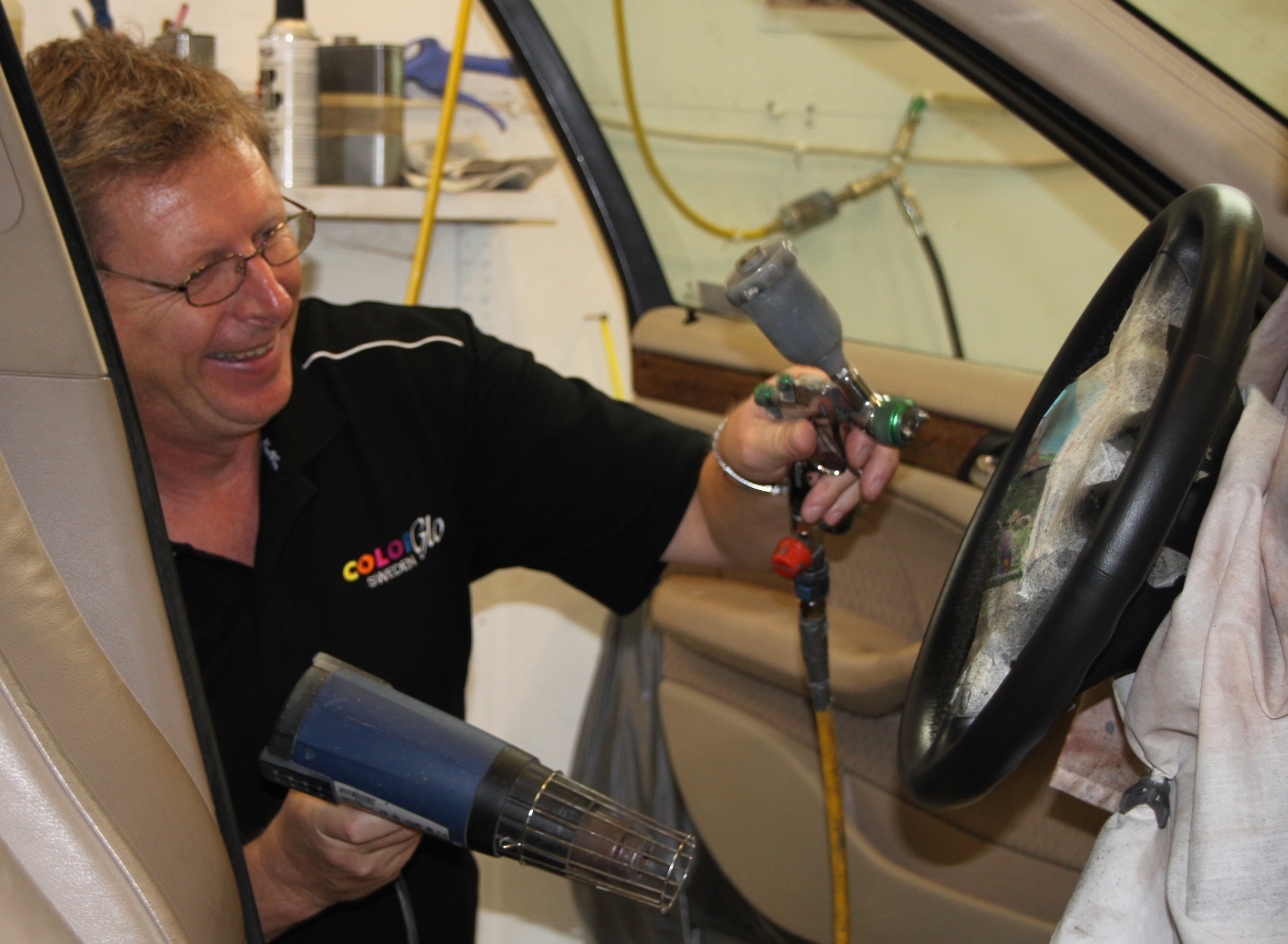
An Ounce of Prevention for Your Furniture
We've all heard the saying...“An ounce of prevention is worth a pound of cure.” Benjamin Franklin was talking about fire prevention in the city of Philadelphia when he coined this phrase, but it’s one that can be applied to any situation.
We've all heard the saying...
“An ounce of prevention is worth a pound of cure.” Benjamin Franklin was talking about fire prevention in the city of Philadelphia when he coined this phrase, but it’s one that can be applied to any situation. This philosophy will go a long way if we apply it to the objects that make our body comfortable – that is, the furniture we sit on, such as restaurant and office seating; transportation seating, and yes, even those dentist chairs!
Whether you’re an individual or business, making and keeping these types of seating comfortable is important. However, in this article we’ll focus on homeowners and their furniture.
Furniture problems and preventions
So let’s talk problems and prevention. And if you’re picturing grandma’s plastic-coated furniture, then know there are better solutions. Here are some things you can do to not only keep your seating comfortable but looking good as well. Try to do as much prevention as possible to avoid having to go for the cure. Also, realize that the type of seating material is going to determine the type prevention as well.
Problem: Scratches
Scratches can result from a variety of sources: pet claws and sharp objects being the most common. We’re talking about human-caused scratching and other marks (we’ll deal with pet-related issues in the last point).
Prevention: A large part of the prevention of scratches is simply being mindful of what we have in our hands and how we let that object come in contact with our furniture. A protective coating can help protect tiny scratches, but a deep scratch can only be prevented by carefulness on the part of the person who uses the furniture.
Problem: Stains
Stains can come from a variety of sources. The list is endless: food spills, liquids, ink, bodily fluids, and even water. We think that a quick swipe with a cloth (or our sleeve) solves the problem, but the surface isn’t really clean and residue can remain.
Prevention: Once again, stains can generally be prevented by carefulness on our part. Be mindful of how and where you place things that could stain your furniture. And if you do spill something, clean it up immediately, making sure you follow the manufacturer’s instructions so as not to cause further staining.
Problem: Dirt & Dust
Dirt and dust mostly come from constant use and the environment. Sometimes it’s brought in by people and pets, and it’s pretty much always around, and furniture is often the recipient.
Prevention: Since most of this unpreventable, being proactive in keeping the furniture dust free, vacuumed and wiped clean, will stop the buildup of dirt and dust. If you let it build up your furniture will look dingy and clean up will take longer and require more effort.
Basement and lower-level living spaces can naturally cause dust and dirt build up.
Problem: Tears, Cracks & Punctures
Cracks can come from constant use, while tears and punctures are caused by sharp objects coming into contact with the material.
Prevention: There isn’t much we can do about the cracks that occur from constant use. But you can keep the material well-conditioned to prevent dryness that will lead to cracks. As for tears and punctures, once again be mindful of the objects you have in your hands. If you’re carrying something sharp, like a knife, have it in a sheath or make sure the blade is in such a position that it won’t come in contact with the soft material of your furniture. When talking specifically about your leather furniture, you may want to learn how to make your own beeswax leather polish to ensure your expensive investments last a lifetime.
Problem: Fading & Bleaching
Constant use will lead to fading or a worn look in the material, while bleaching is due to the furniture being exposed to direct sunlight on a consistent basis.
Prevention: This problem is actually a fairly easy one to prevent. Simply put, keep your furniture out of direct, constant contact with the sun.
Problem: Pet-Related
Pets can cause a variety of problems: smells, residue, stains, and scratches. Some pets can be trained, but others (like cats) consider themselves the rulers of their domain.
Prevention: We all know that pets have a mind of their own, and generally don’t care about our wishes and how we want them to treat our furniture. In some cases, they can be trained, while in others we may need to use a product that will deter them from damaging our furniture. Take a look at our post on How to Make Your Own Cat Repellent for some natural ways to discourage your pet.
Final thoughts on your furniture
As you can see, most prevention involves carefulness and mindfulness on our part. If we are proactive in the care of our furniture, that will help prevent many of the accidents that can occur. It will keep our furniture looking good and comfortable to sit in. When something does happen to damage your furniture, be sure and take care of it immediately so that more damage does not occur from neglect.
We have several articles on our blog that will give you some good tips on taking care of your furniture:
If your seating has been damaged to the point where a homemade, natural or store-bought solution cannot cure it, then it may be time to turn to our professional color restoration and repair technicians. Find a Color Glo Franchise Location HERE on our website.




